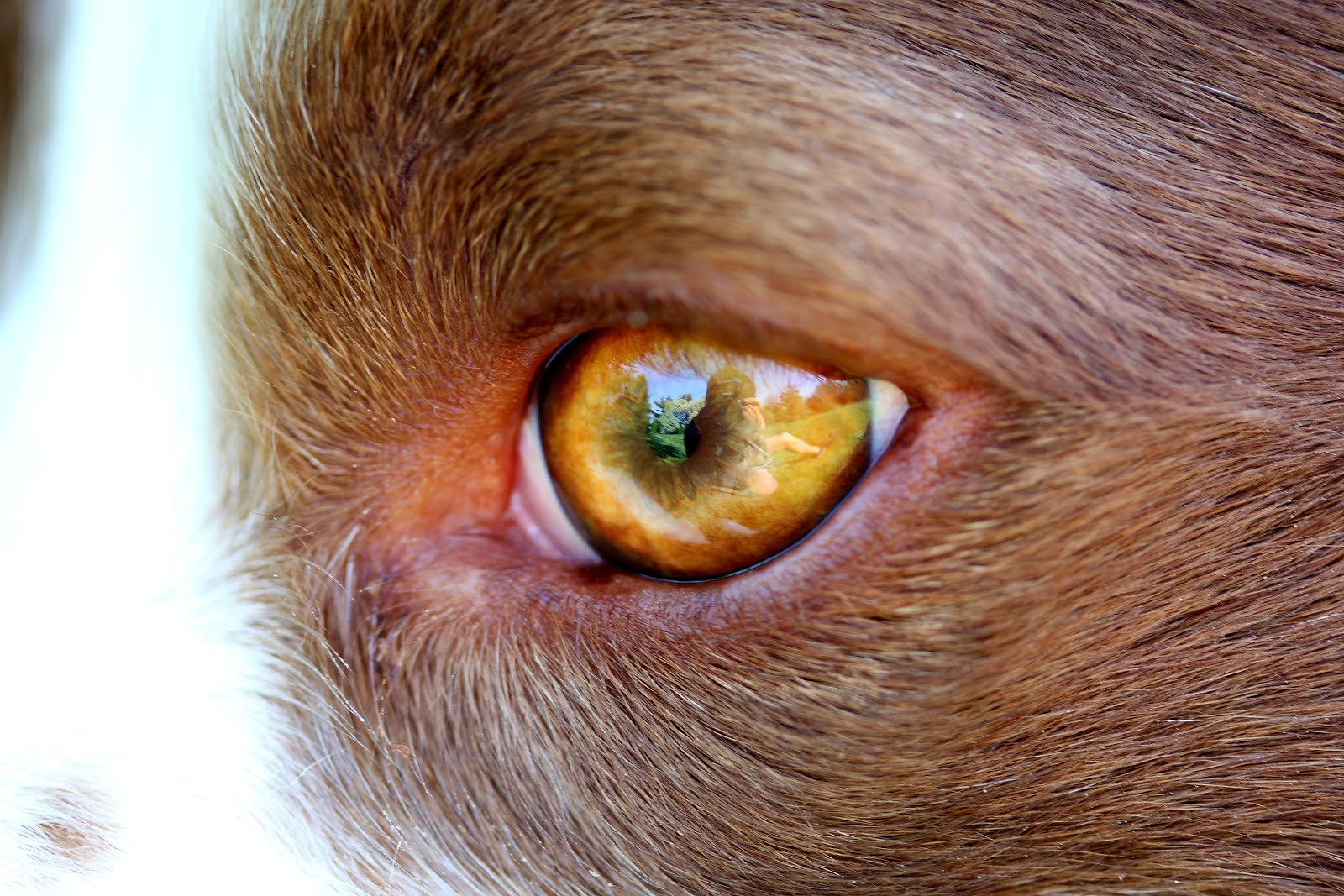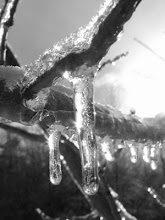 |
| (As always, you can click on any image to view them larger, in a gallery) |
I recently spent half a day paddling through Black Bayou Lake National Wildlife Refuge with Kermit. This time we went much further out, and explored some new areas. It was a beautiful day, with many alligators out basking. I was told by a naturalist at the Visitor Center, that there are roughly 7,000 alligators at that site.



I found some great information on alligators at the
Savannah River Ecology Lab website, which is an old and well-respected lab in the field of ecology. Apparently a common, and effective method for conducting population surveys on alligators is at night, shining flashlights, which reflect especially brightly off their unique eyes. As part of my Master's research at the University of Illinois, I conducted anuran call surveys at night. I am generally very comfortable out in the woods, day or night, but wading through wetlands at night (alone) to perform call surveys was sometimes disconcerting. Given that, I cannot imagine what it would be like to venture out at night to conduct nocturnal surveys of alligator populations.
 |
| When I look at alligators, I can't help but feel like I am staring at a living dinosaur. They just look so ancient. Accordingly, alligators are the "...last living reptiles that were closely related to dinosaurs, and their closest modern kin are birds (SREL)." Also, there is only one other species of alligator besides the american alligator (Alligator mississippiensis), which is found in China. |
I have only seen alligators a couple of times in my life. When I was a young child I visited Gator Land in Florida with my grandparents. More recently, when I was in Charleston South Carolina (almost two years ago) for a wedding, I saw many alligators while visiting a wetland on a former plantation (I took many photos during that trip, but they ended up getting deleted by accident).
But I found it to be a much different experience, for me, to be paddling in the same water that alligators are swimming in. A couple swam ~20 or 30" from my canoe, it was breathtaking and startling. It's humbling to be in an environment with such a large predator. It is especially important to respect such wildlife, and maintain a safe distance and awareness.
When I worked in Sequoia National Forest, I remember sometimes feeling disconcerted by the mountain lions (of which I was fortunate to see 3), another large predator that can be dangerous to people, especially if you are not being careful.
 |
| Paddling through a forest! Incredible! |
 |
| Happy Kermit! |
 |
| An Anhinga anhinga! Beautiful bird! |
 |
| I suspect this is a species of Bidens. From what I have seen. this is prolific throughout the state. |
 |
| Any idea what species of snake this is? There are 54 species of snakes in Louisiana (7 of which are poisonous) . |
 |
| I suspect this might be a species of Argiope, but I am not sure! So if someone out there can identify this for me, please leave a comment below! I did not take this with my macro lens, next time I definitely will. I only took a short walk through the woods before heading out. This spider was large, about the size of my palm. |
 |
| I only had a quick few of this beautiful little turtle before it slid into the water, so if anyone can identify this for me, please leave a comment below! |
























Kermie is the best part of all of these pictures! :3 That snake reminds me of that black rat snake during field season THAT ALMOST BIT YOU AND JEFF! lol
ReplyDeleteJordan, the spider is a golden silk orb weaver, specifically N. clavipes. we have them all over Charleston, too. they're all along the walking trail behind our apartment from about may-november. I ran face first into one on a run one morning a few years ago :p
ReplyDeleteThis comment has been removed by a blog administrator.
ReplyDelete